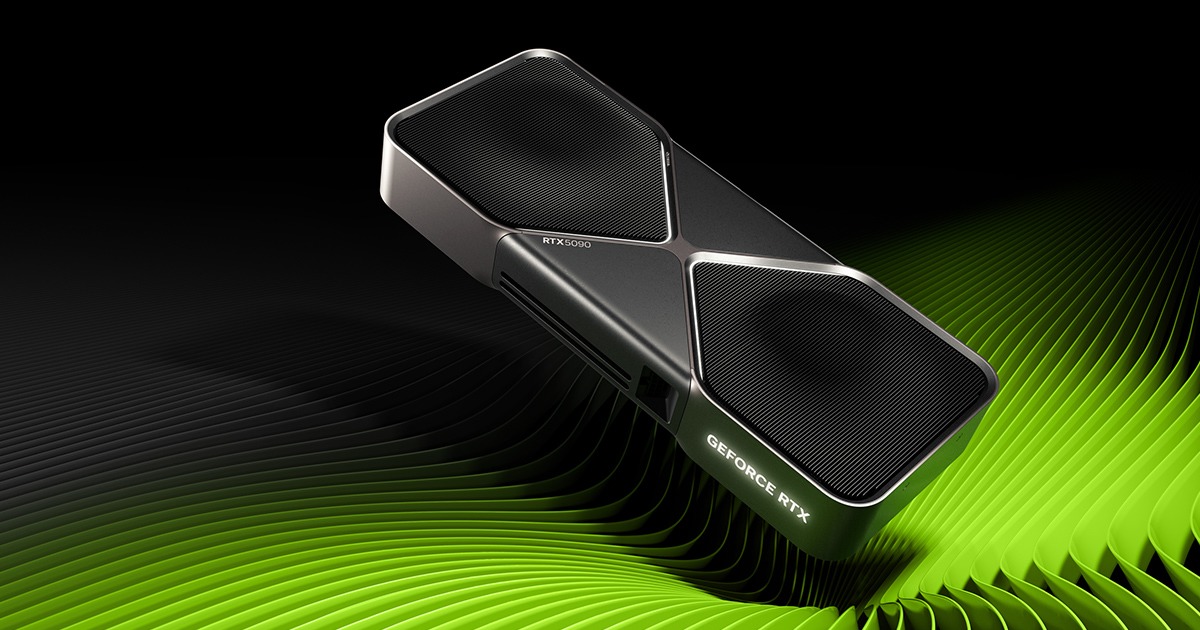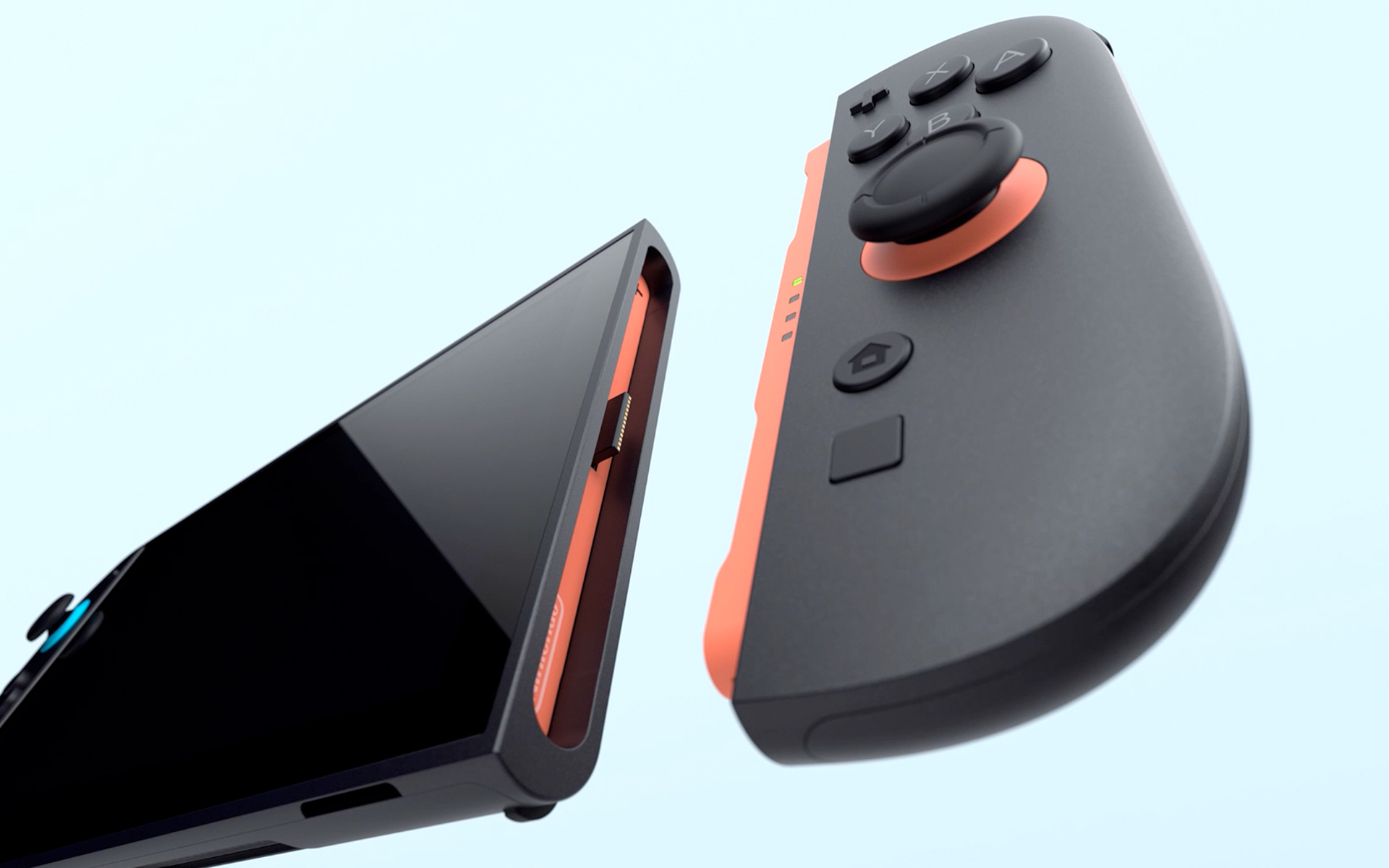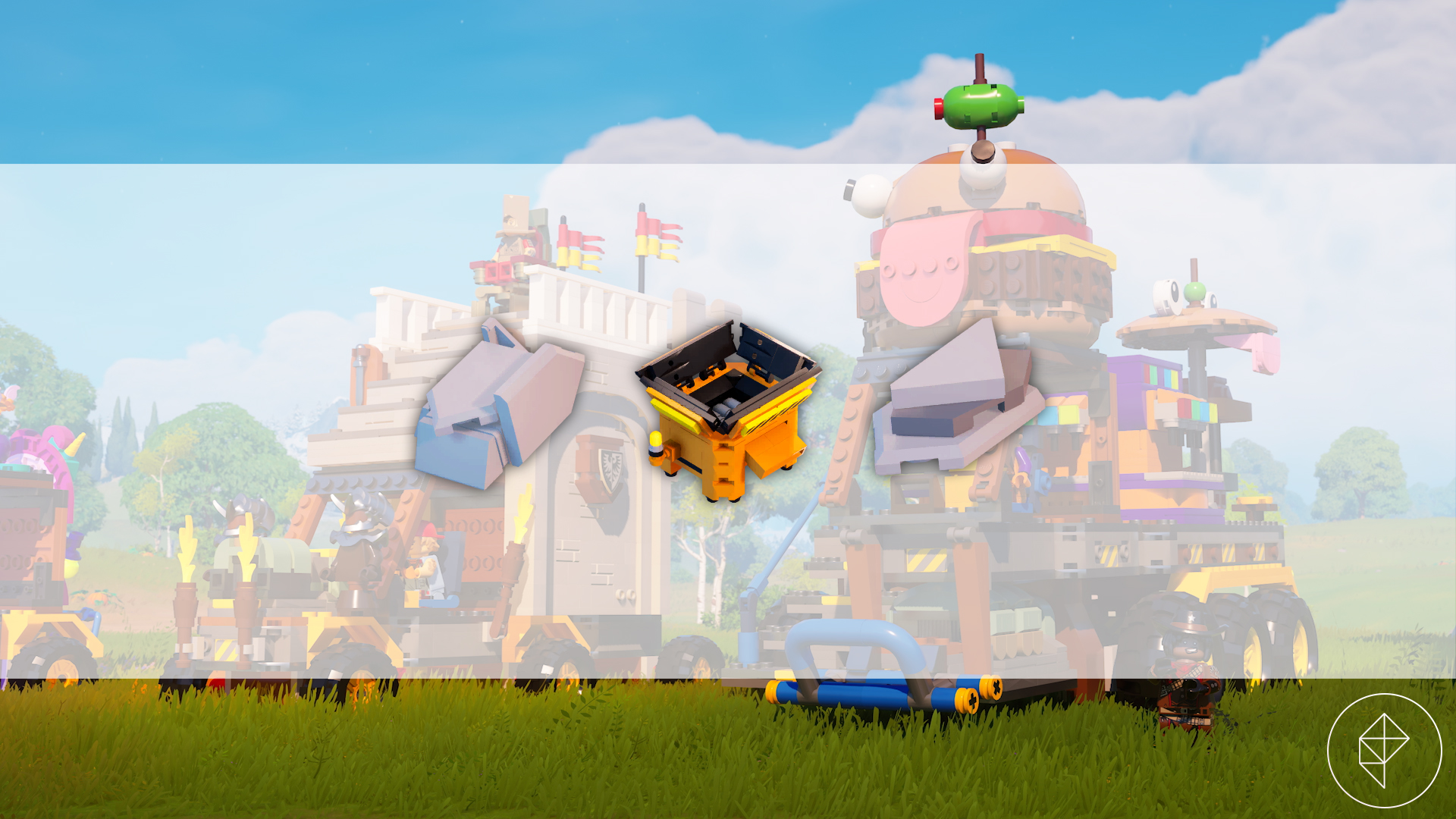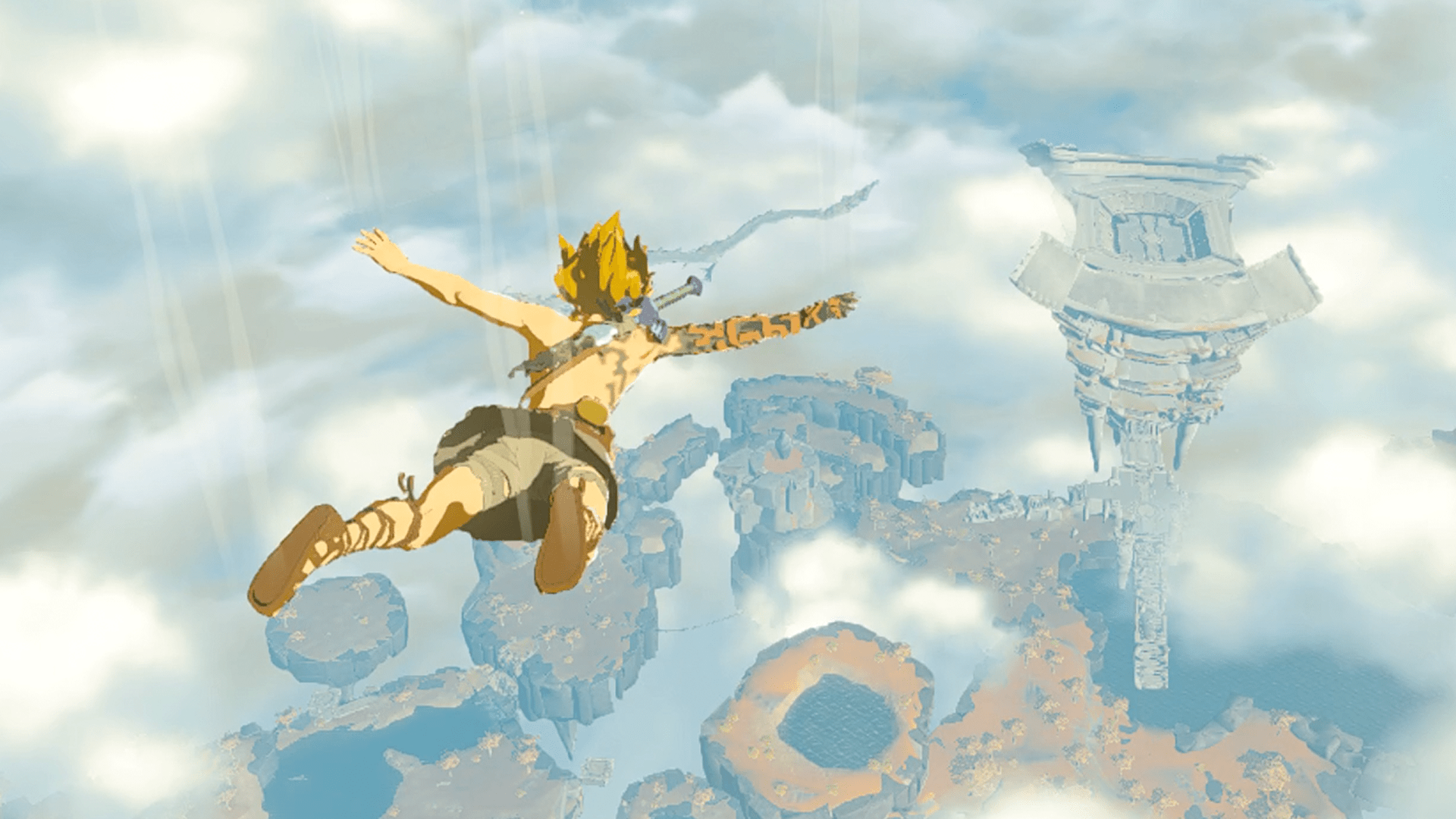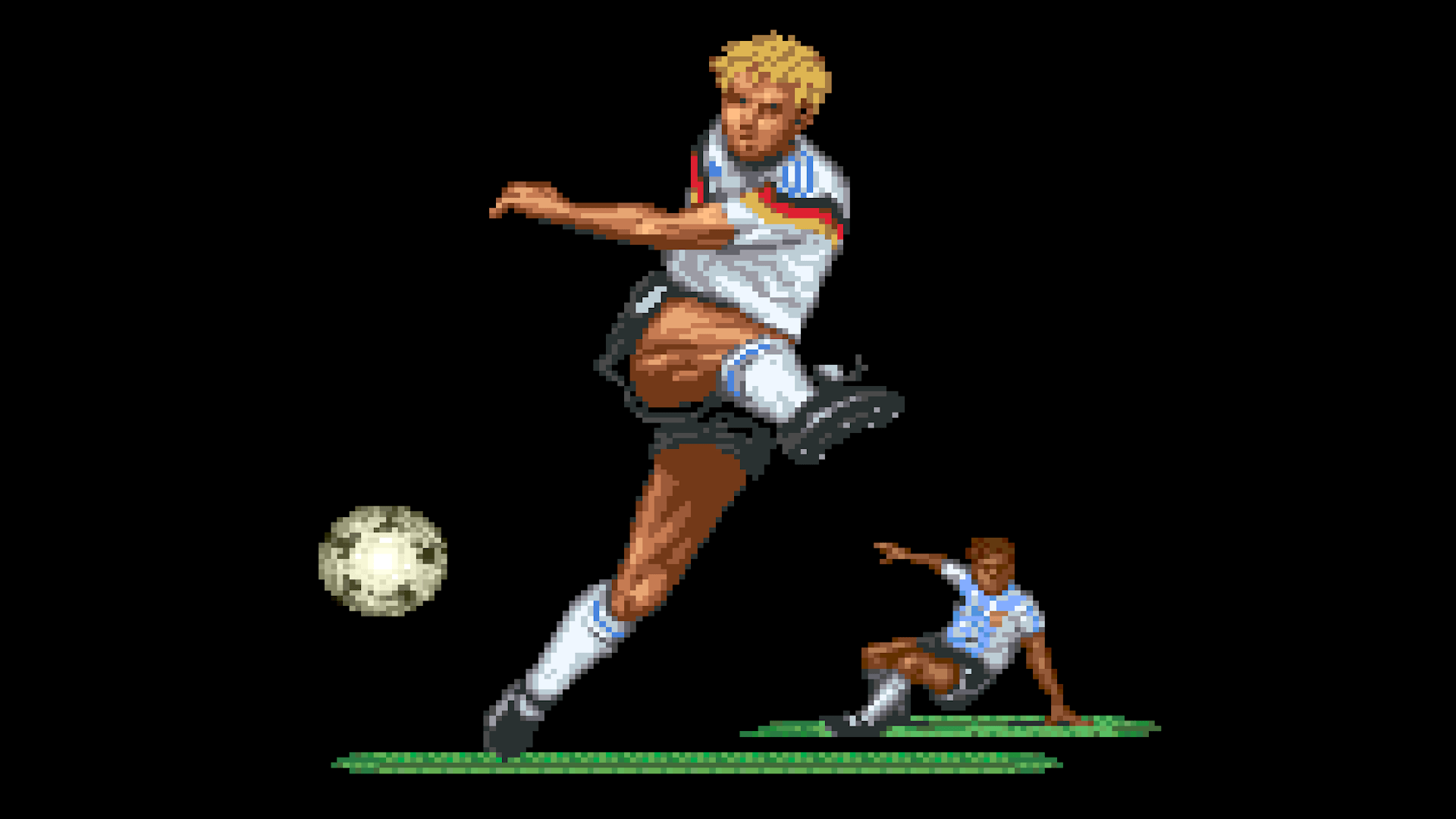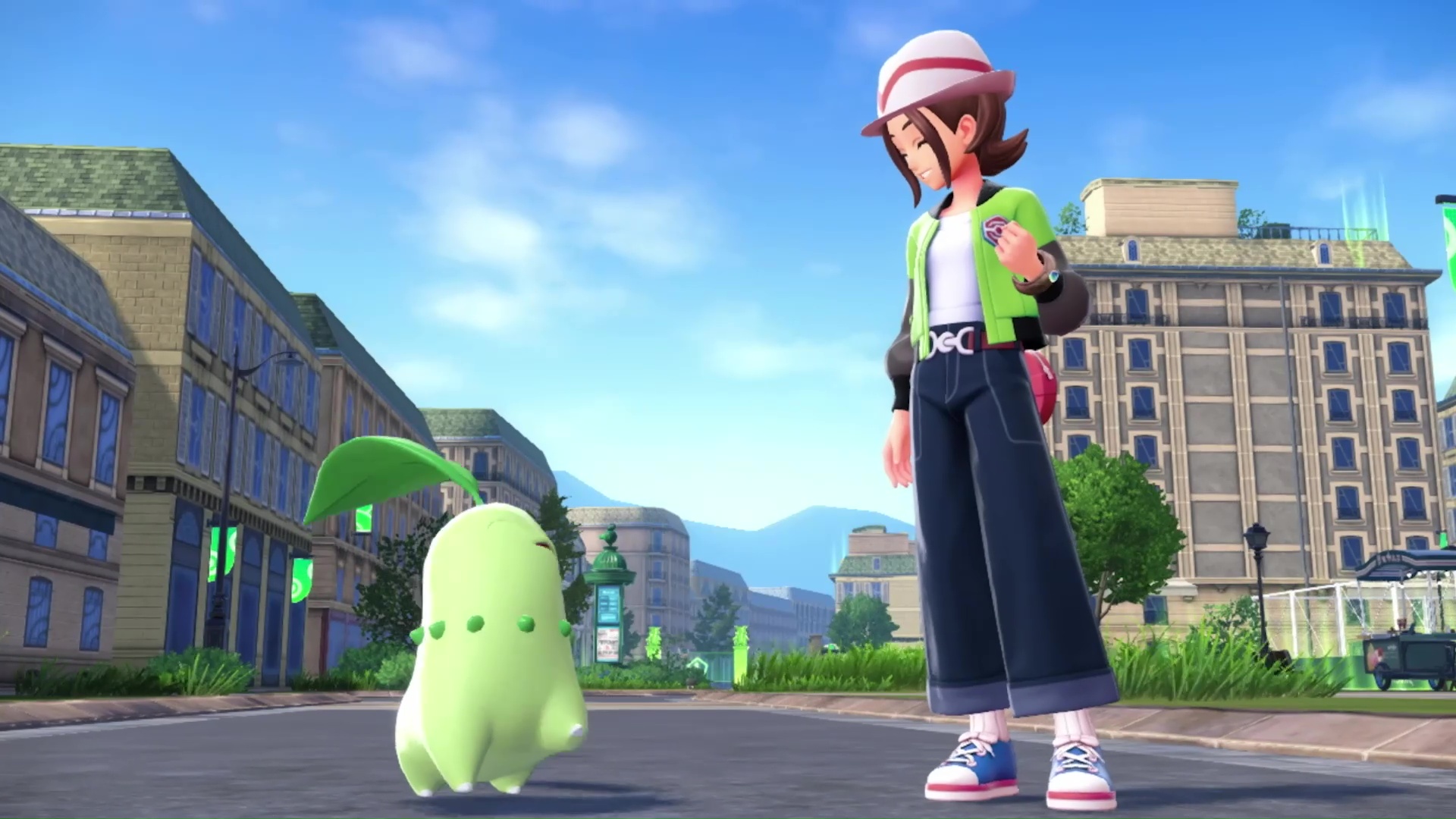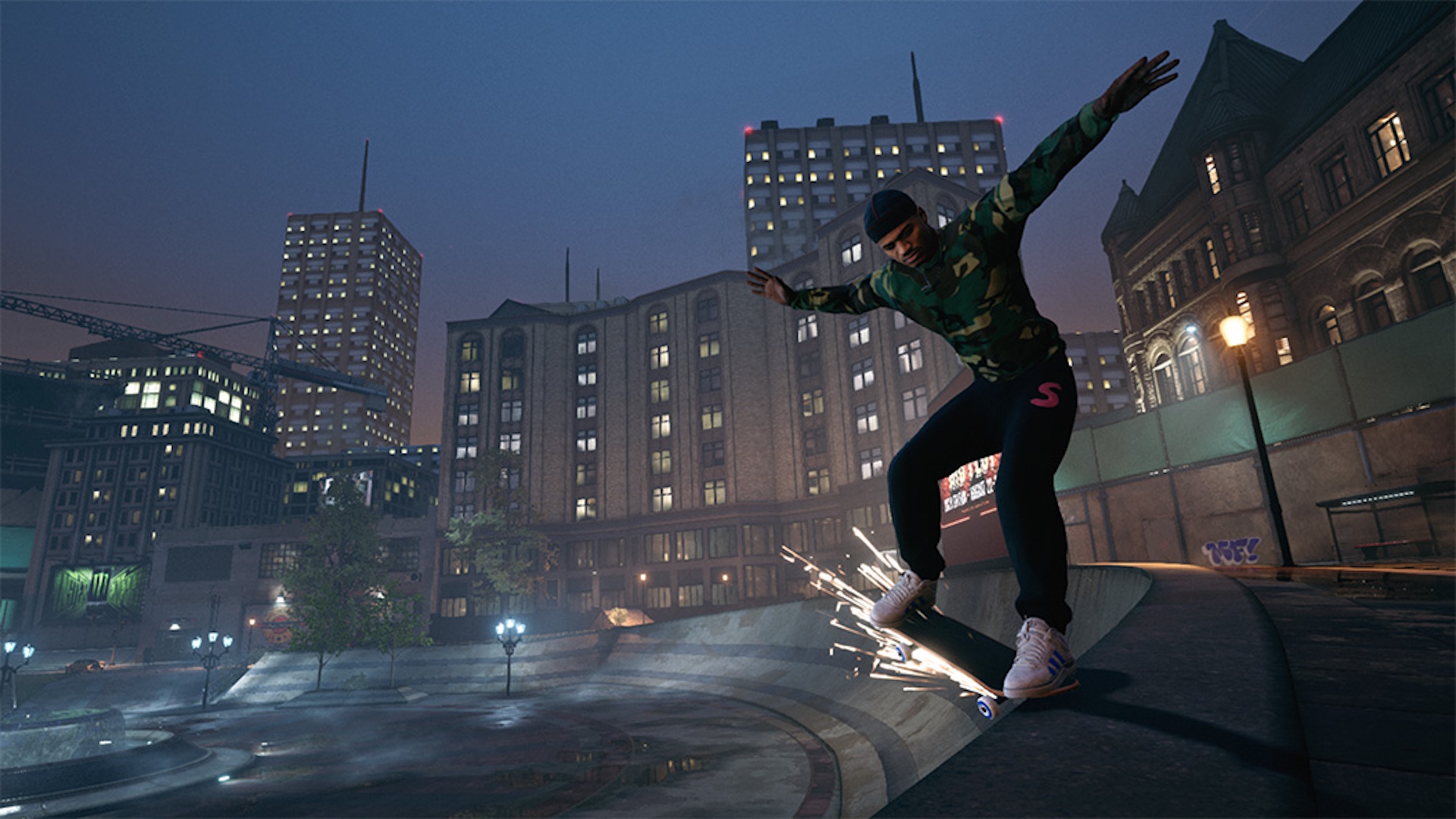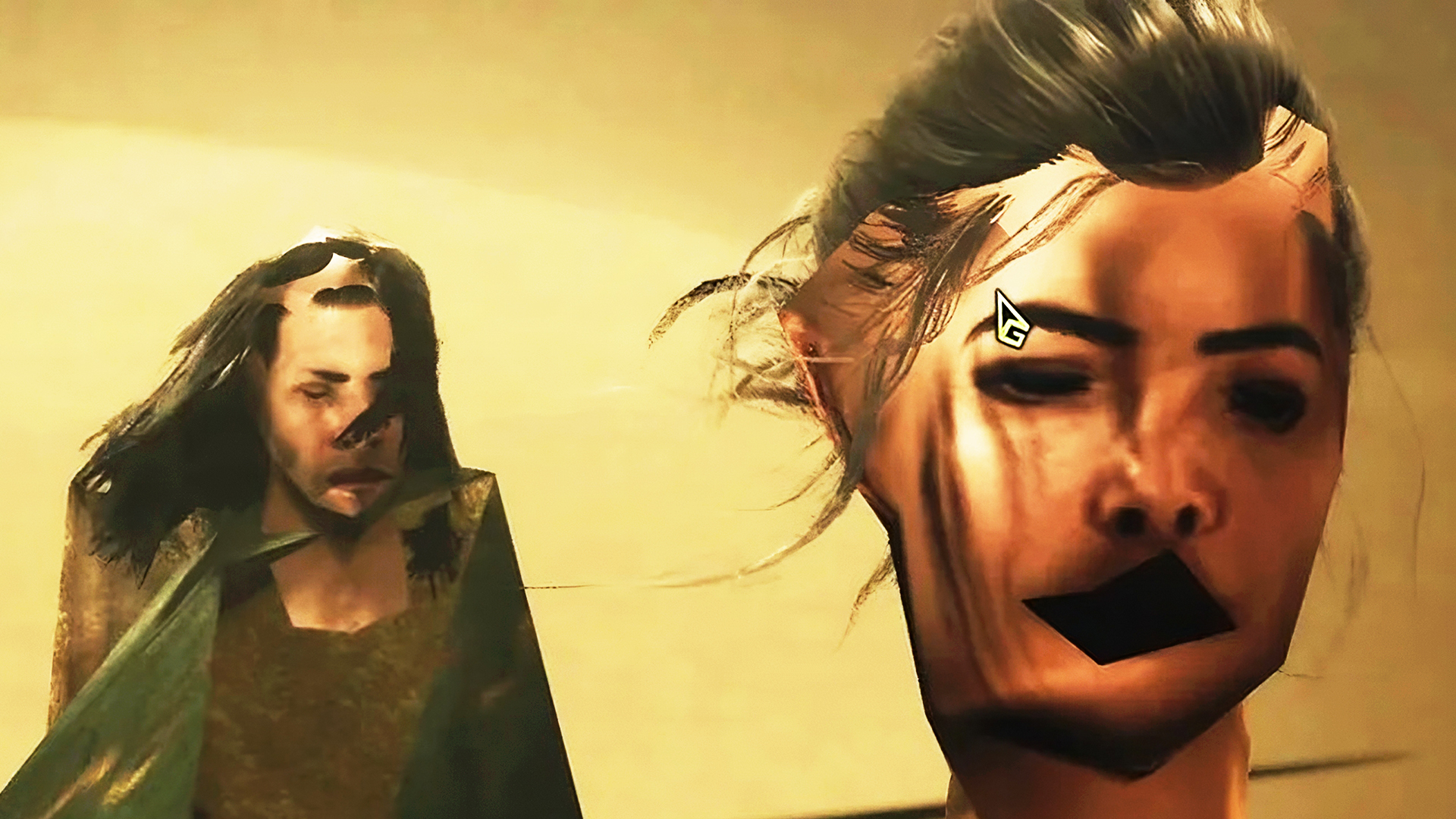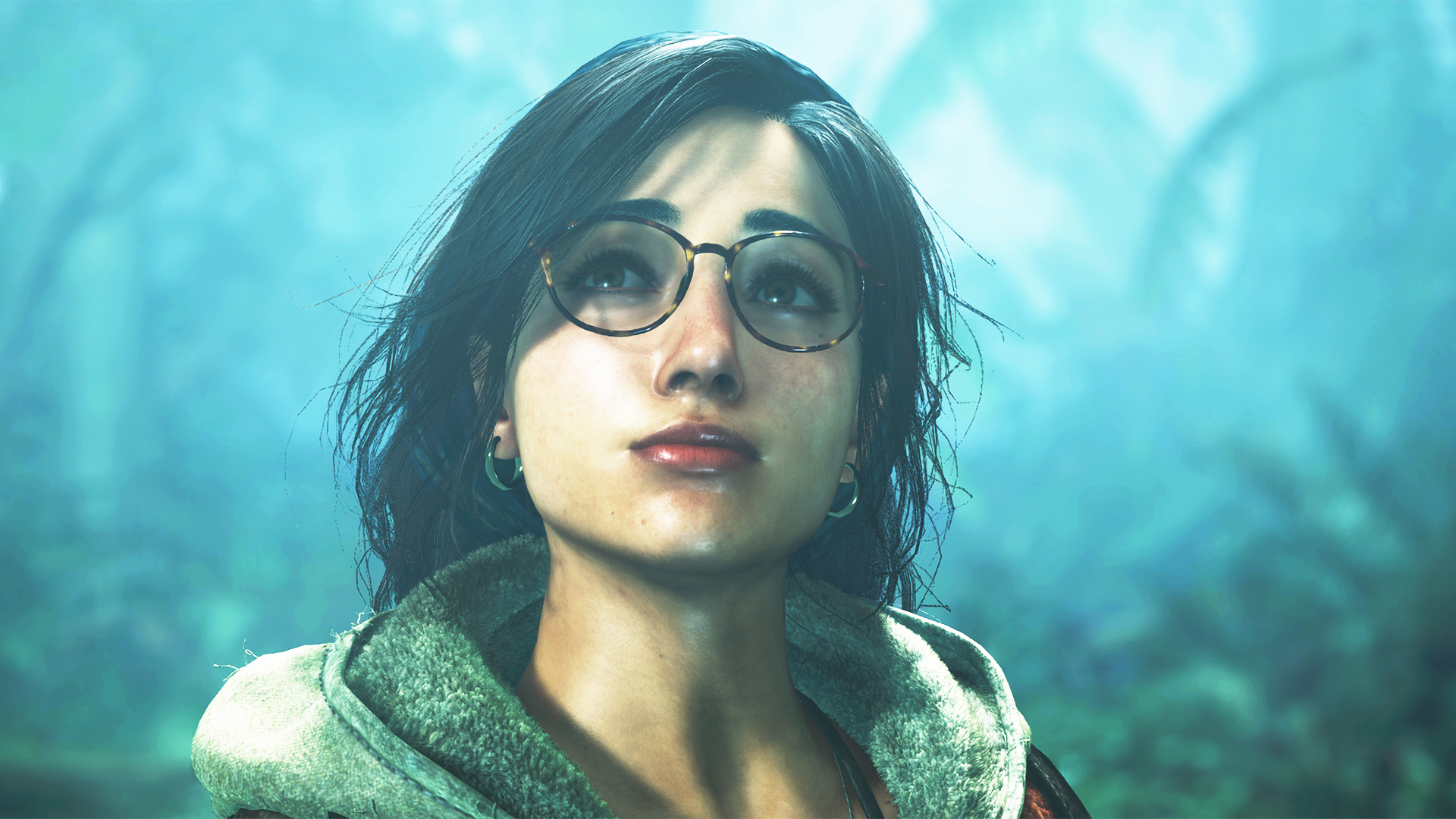In 2023, reports emerged from Gamescom that Nintendo was demoing hardware that targeted the Switch 2’s specs to its partners. One of the most interesting details of the report was that the demo used DLSS, or Deep Learning Super Sampling — an AI-powered upscaling technology created by Nvidia and currently exclusive to the graphics cards that Nvidia makes.
DLSS is a powerful and consumer-friendly technology that has upended the PC gaming graphics market. It has rivals, like AMD’s FSR and Sony’s PSSR (found in the PlayStation 5 Pro), but so far Nvidia’s tech is far more effective. But DLSS has never been used in a fixed console platform, never mind a handheld. Here’s everything to know about DLSS and what it will mean for the Switch 2.
What is DLSS?
Deep Learning Super Sampling is a technology that uses machine learning — artificial intelligence, in other words — to improve the image quality of supported games running at a low resolution, leading to a higher frame rate while gaming.
While manufacturers of graphics cards and next-generation consoles like to focus on the fancy effects and features their hardware can provide, the truth is that in recent years, much of this increased power has been used for the grunt work of filling in pixels. The push toward 4K display resolutions means there’s a huge amount more detail to fill in every single frame, and pixels cost power.
DLSS’ machine-learning neural network is trained on thousands of hours of gameplay to intelligently upscale games to higher resolutions at a much lower power cost than filling in all that detail natively. This means the game can aim for a much lower “internal” resolution — improving frame rate — and leave it to DLSS to fill in the detail and upscale that to a high display resolution, producing a crisp final image.
In its latest version, DLSS 4, Nvidia’s tech can improve ray tracing (aka lighting, reflections, and shadows) or even generate multiple entire frames. But resolution upscaling remains the technology’s killer application.
What is DLSS good for?
Simply put, DLSS enhances the performance of any graphics card it runs on, making it easier to achieve high frame rates (meaning smooth gameplay) while maintaining crisp, detailed images that look great on high-resolution screens.
That has consumer-friendly knock-on effects. It’s much more power-efficient to produce, say, a 4K image using DLSS than without, which saves on energy. And DLSS extends the life of older graphics cards, too, so PC gamers don’t have to upgrade as often and at such expense to keep up.
Wait, isn’t AI bad?
Not in this case! DLSS is a great example of machine learning being used in a way that’s not just harmless, but very useful. It’s not doing work a human can do, and it’s not trained on human creativity. It’s run locally on your own device, rather than on a power-hungry server farm. It’s just making graphics technology more efficient and better.
What does DLSS mean for Switch 2?
We don’t know for sure how DLSS will fare on the Nintendo Switch 2 — we’ve never seen DLSS running on a console before, and it wasn’t originally designed for systems as low-powered as the Switch 2 is expected to be. But in all likelihood — if the reports prove correct, and the Switch 2 uses DLSS — it will be a huge plus for Nintendo’s next system.
The Switch 2 will be considerably less powerful than a PlayStation 5 or Xbox Series X. It will likely be closer to a PS4 in terms of raw power. But DLSS could enable it to close the gap to those consoles by running at a very low internal resolution — say, 540p — and then using DLSS to upscale that image to the resolution of its handheld screen (which isn’t known yet, but will likely be up to 1080p).
DLSS is a power-efficient technology, too, meaning that it could have a positive impact on the Switch 2’s battery life. This is one of the most exciting aspects of seeing DLSS employed in a handheld.
While Nintendo’s own games usually employ a simple art style and aren’t too concerned with graphical bells and whistles, DLSS will be a boon to third-party publishers who want to port their current-gen titles across to the lower-powered handheld. It could make this difficult work a fair bit easier. Nintendo, meanwhile, may use it to target smooth, high frame rates on its games without having to cut graphical corners.
Finally, there’s exclusivity. DLSS is the best technology of its kind, and it’s exclusive to Nvidia chips. The Switch 2 is reportedly powered by a custom Nvidia Tegra T239 processor. Nvidia does not currently make chipsets for any other console, or for any of the PC handhelds, like Steam Deck. Access to DLSS would give Nintendo a big graphics performance advantage over its competitors, relative to the power of its device.
Does that mean Switch 2 will be able to display at 4K when docked?
It’s time to manage our expectations a little. DLSS is powerful, but, according to gaming tech experts at Digital Foundry, it’s “not a free lunch.” When aiming for high display resolutions on lower-powered hardware, the latency introduced by DLSS climbs to a level where it can start to actively hurt frame rates. Digital Foundry tested DLSS on a downclocked gaming laptop aiming at a rough estimate of the Switch 2’s specs, and found that Death Stranding struggled to hit 30 frames per second when using DLSS to upscale a 720p internal resolution to 4K. At lower resolutions like 1080p or 1440p, the results were much better; performance was close to 50 fps at 1080p. With tweaks and optimizations, it’s possible to imagine the Switch 2 running Kojima Productions’ game at 1080p at a smooth 60 frames per second using DLSS.
A 4K display output for the Switch 2 is not impossible, though; Nvidia and Nintendo may be able to optimize the implementation of DLSS on a fixed, custom setup like the Switch 2 in ways that are impossible to replicate on a PC. But from what we know, 4K is likely to be at the outer limit of what the Switch 2 is capable of, even with DLSS (depending on the game, of course).
What’s Nintendo’s DLSS-style patent all about?
Great question. A Nintendo-filed patent was published at the end of 2024 describing a machine-learning-powered upscaling technology that sounds an awful lot like DLSS. How can Nintendo patent a technology that already exists and is made by someone else?
It’s certainly strange, but there are a few other aspects to the patent. For example, it notes that this compute-heavy process can struggle to hit 30 fps or 60 fps on lower-powered hardware, but Nintendo’s proposed neural network specifically targets those frame rates on a low-power chip. It also describes a system that can switch between different neural models on the fly depending on data provided in real time by the game engine — a kind of “dynamic DLSS” setting that can adjust its quality to make sure it’s hitting frame rate. According to Digital Foundry, this is a wholly new concept.
It’s hard to know what to make of the patent, which — like all patents — confirms nothing. But it certainly seems that the Switch 2 will use machine-learning-powered upscaling. And it also suggests that Nintendo is working actively with Nvidia on a custom version of DLSS, with unique features tailored to the Switch 2’s lower-powered hardware.
Will Switch 2 use DLSS 4?
The latest update to Nvidia’s DLSS tech, released in January, has a lot of fancy features aimed at high-power graphics cards. But, considering the patent, it’s probably safer to assume that the Switch 2 will use a custom version of DLSS rather than Nvidia’s DLSS 4 model.
There is one feature of DLSS 4 that could be important for the Switch 2 if it’s ported across, though. DLSS Override allows the tech to be used on any game, even if it hasn’t been developed or patched to support it. This could mean that developers don’t need to code for DLSS to see the benefits of it on Switch 2. And, because the Switch 2 is backward-compatible with the Switch, it would open up the entire Switch back catalog to improved resolution and potentially even better performance via DLSS upscaling.
When will Nintendo announce DLSS for Switch 2?
Potentially as part of the Switch 2 Direct on April 2. But potentially not! Unlike Sony, which made a big deal out of PSSR in its PS5 Pro reveal, Nintendo is not very tech-forward in its marketing, preferring to focus on software and the innovative physical features of the hardware. It’s conceivable that it won’t mention DLSS at all, and we’ll have to wait for developer interviews to begin to emerge before we can learn more about how this technology will work on the Switch 2.
